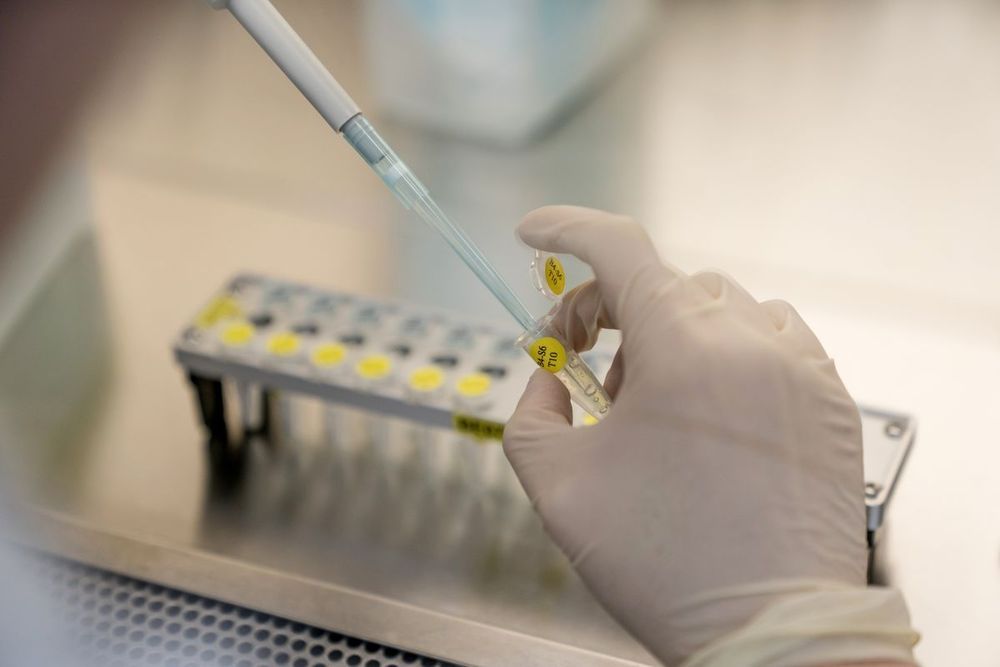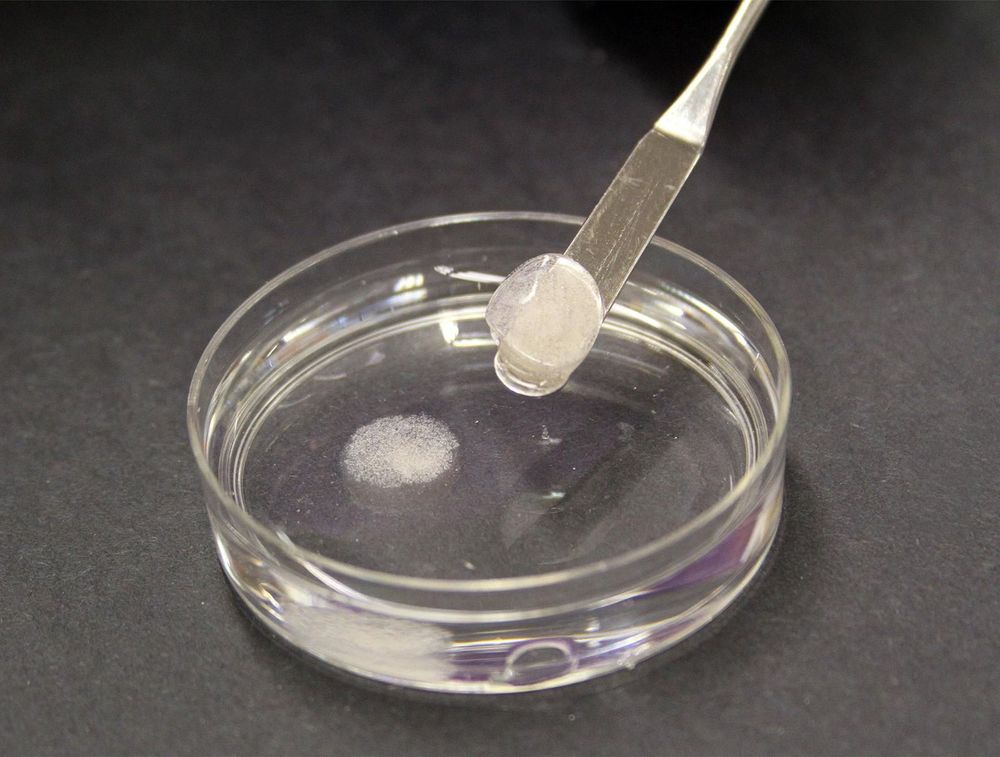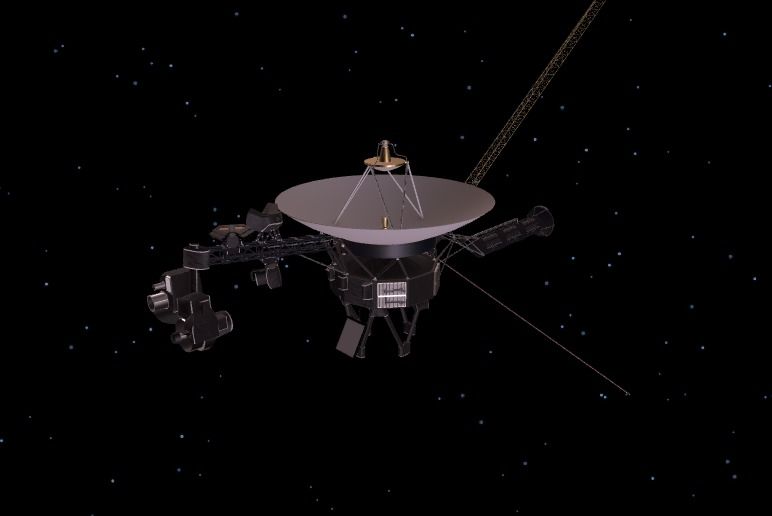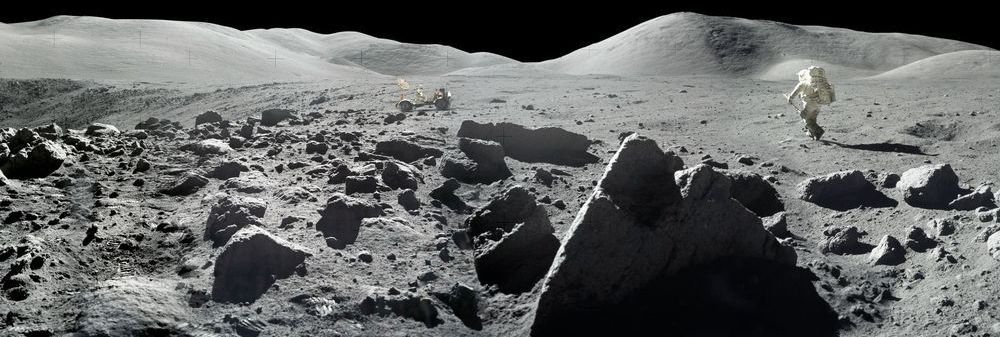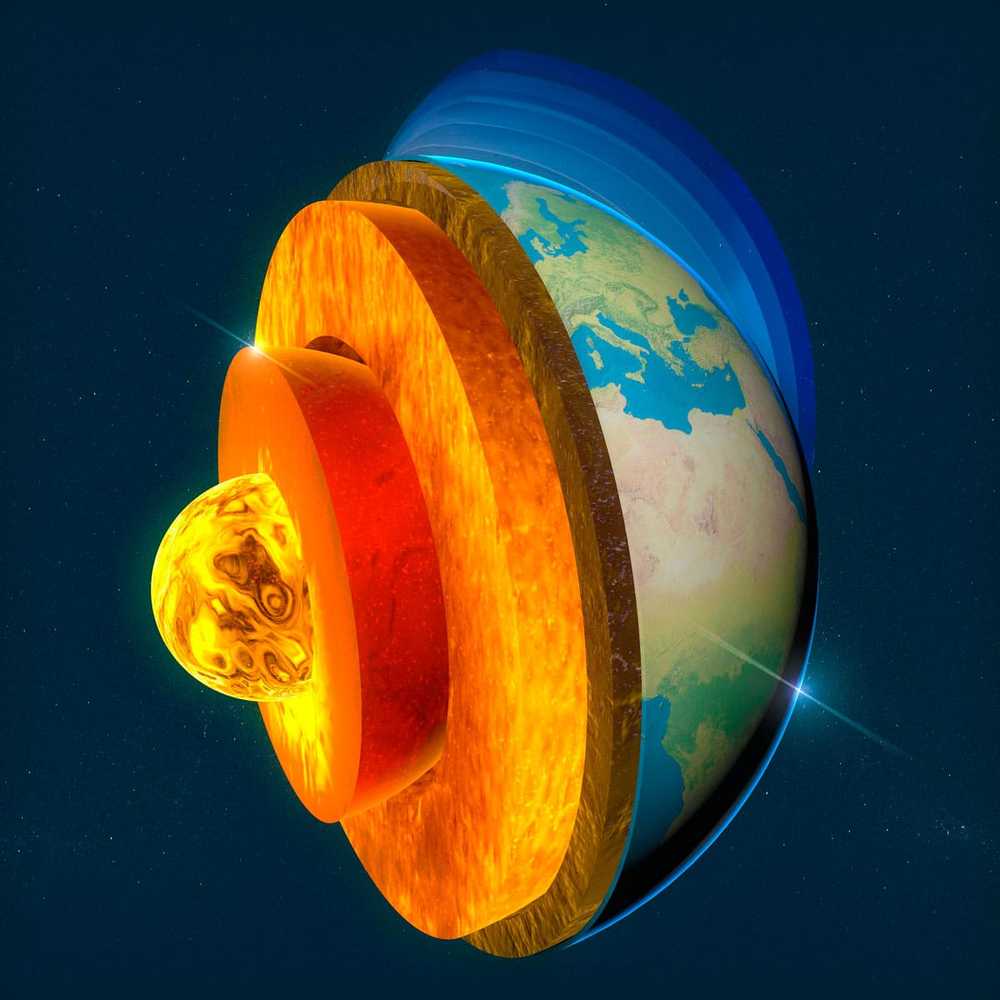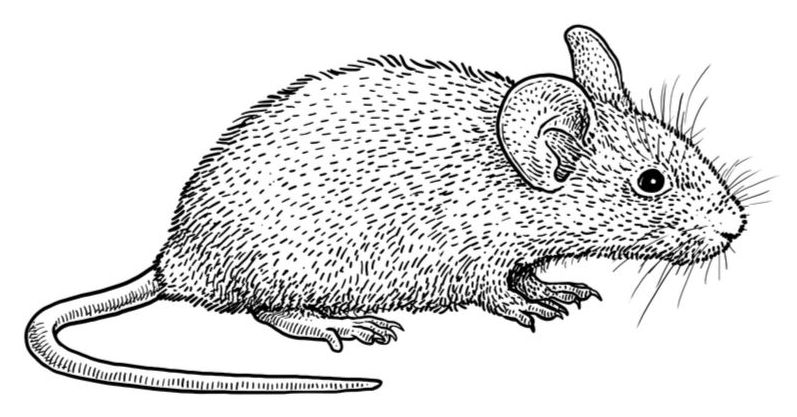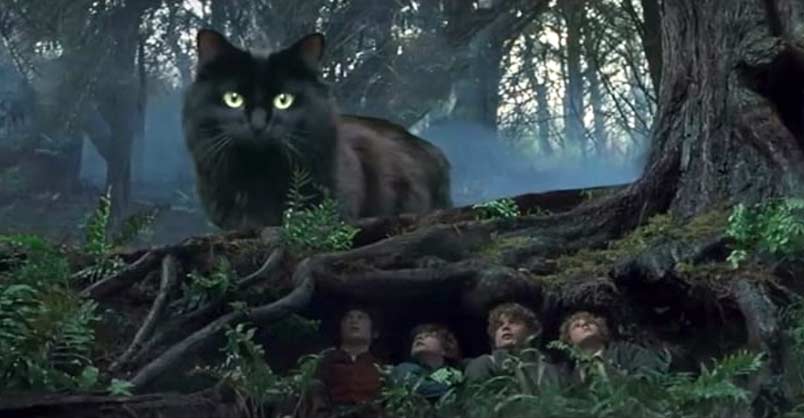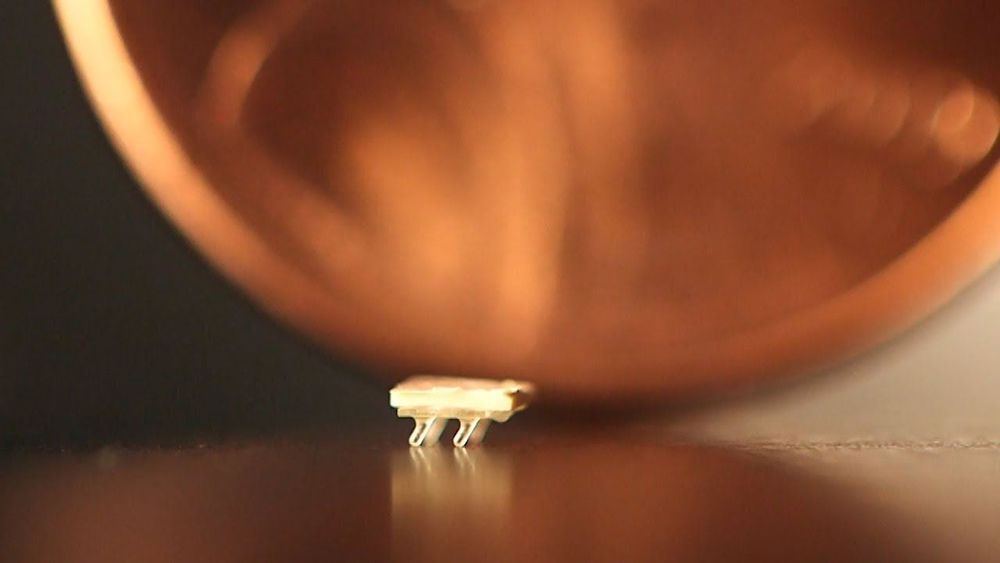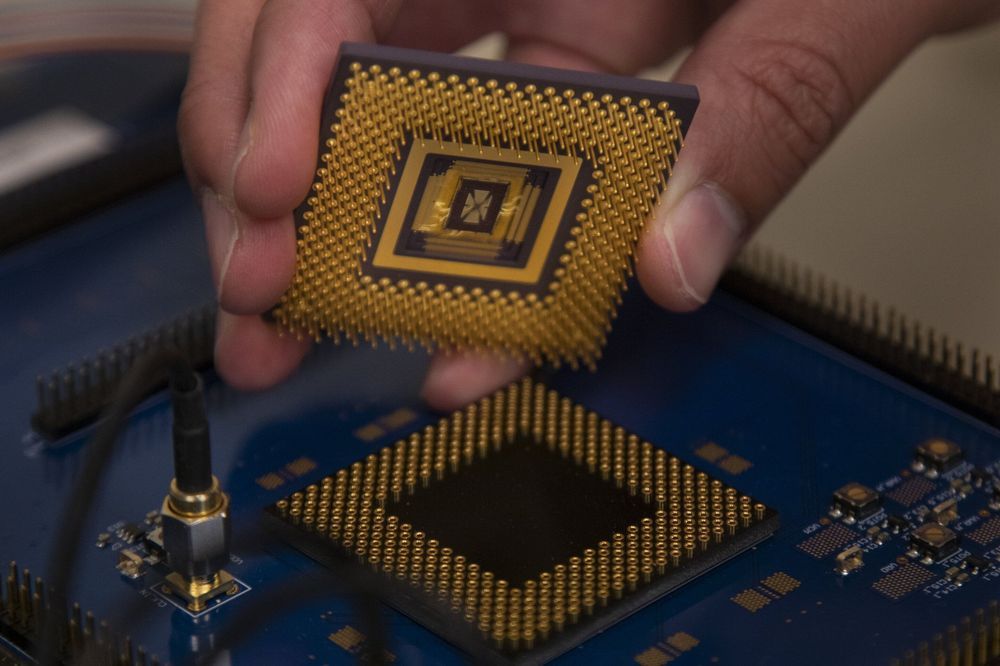Jul 18, 2019
Crispr Innovators Make It Easier to Use Their Gene-Editing Technology
Posted by Genevieve Klien in categories: genetics, innovation
Two important developers of the celebrated Crispr gene-editing technology said they will make it easier for researchers to license their intellectual property, a move aimed at hastening innovation in the burgeoning field.
MilliporeSigma, the life-sciences tools division of German pharmaceutical giant Merck KGaA, and the Broad Institute of MIT and Harvard said researchers will be able to get nonexclusive rights to patents held by both organizations for research purposes with a single license.
Companies will have to pay a licensing fee. Nonprofit and academic institutions will be permitted to license the patents for free, the organizations said in a news release on Thursday.
